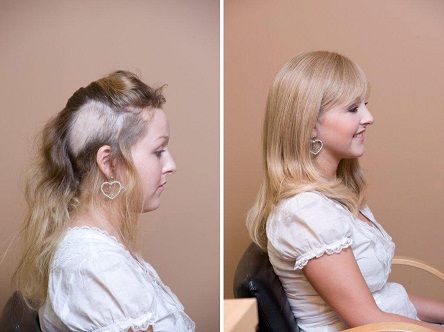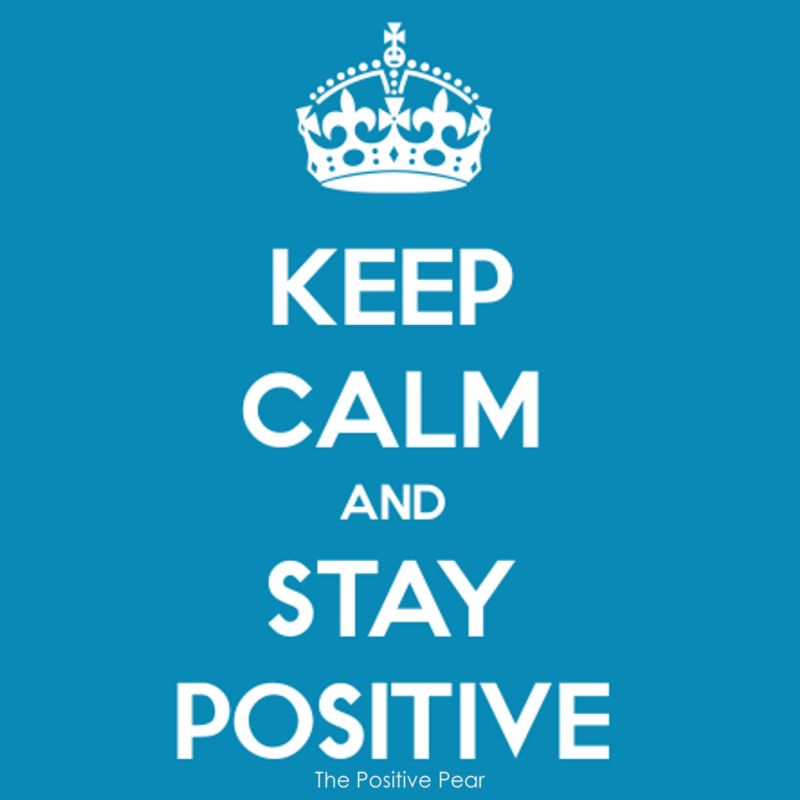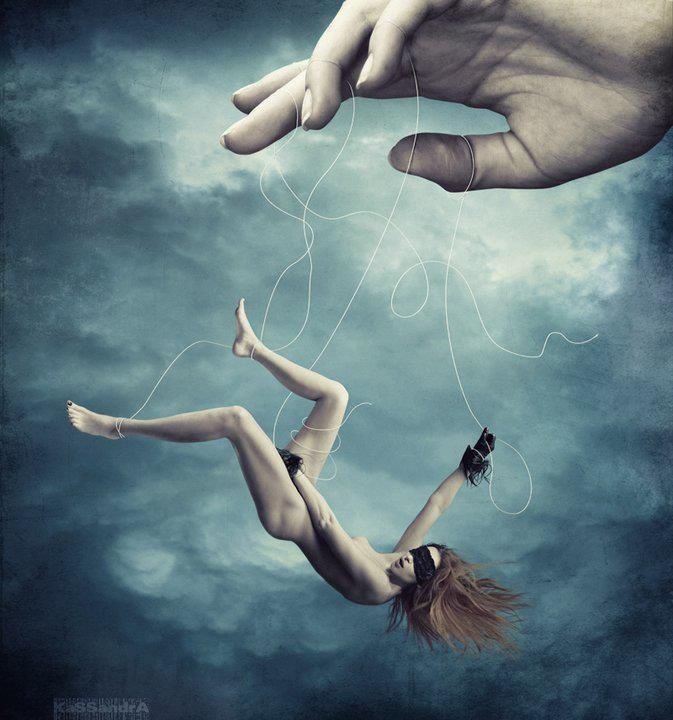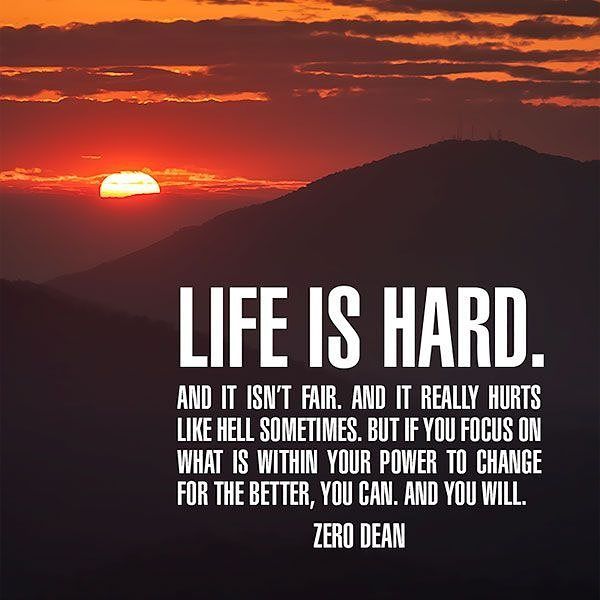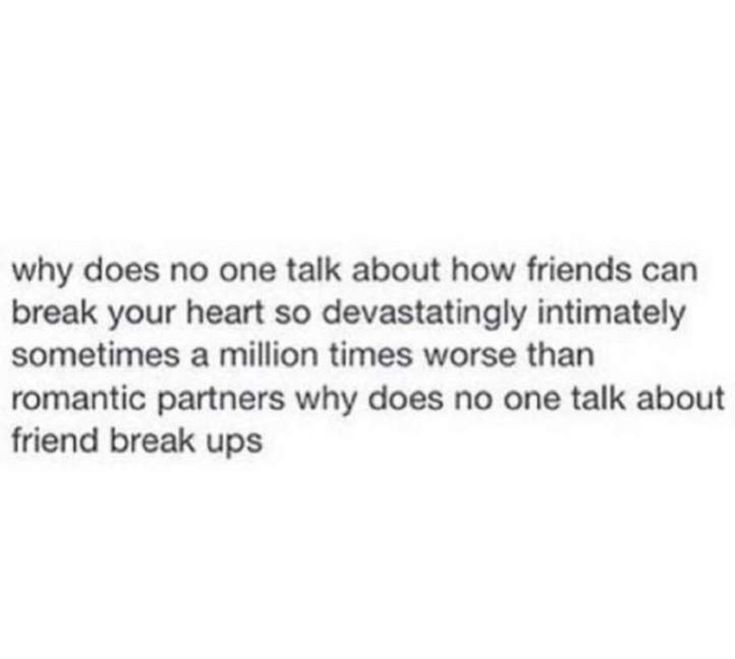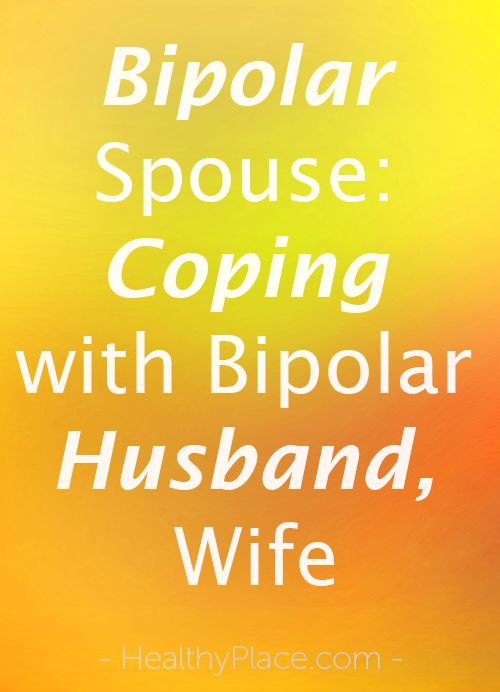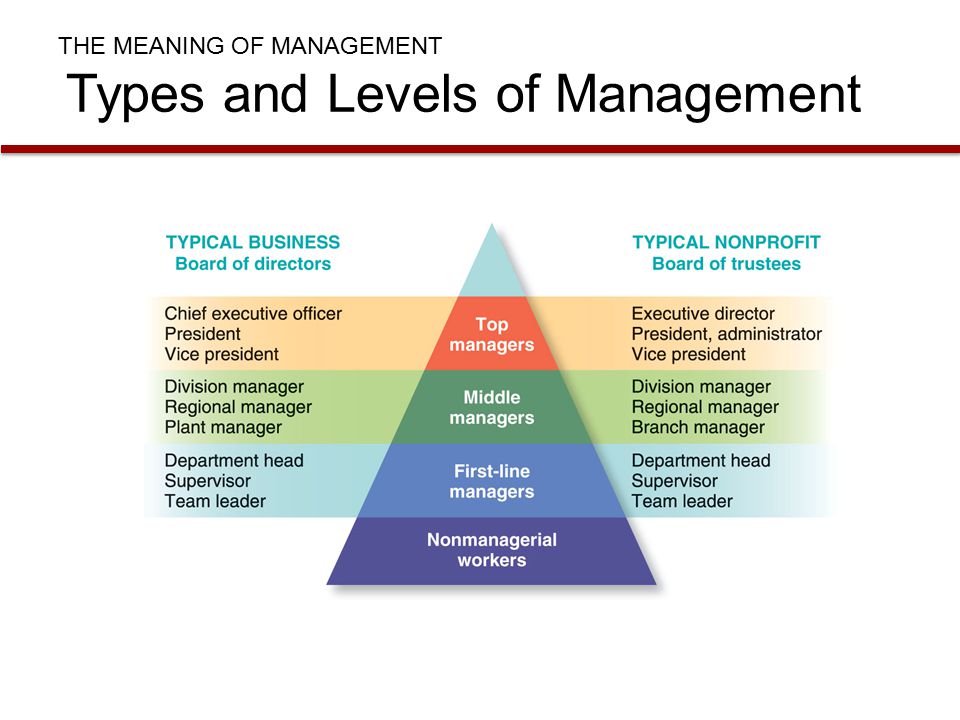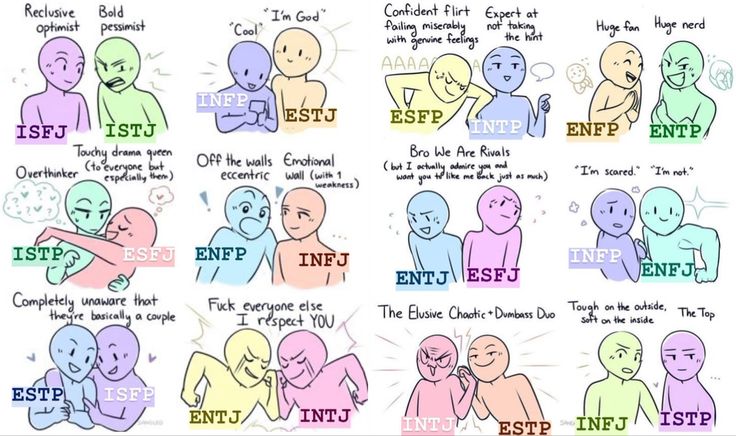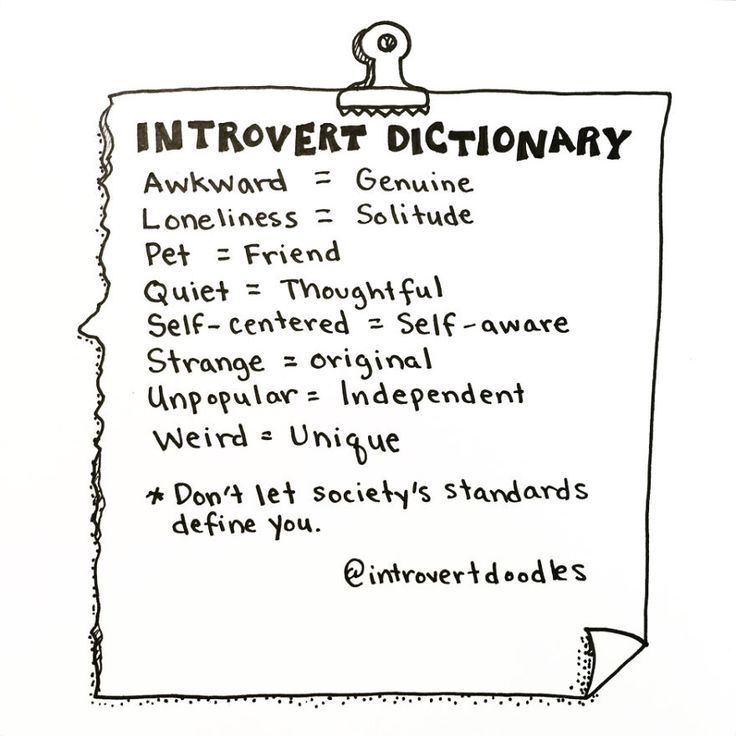Trichotillomania before and after
Trichotillomania before and after photo library
Before and after images of women using the Intralace System® or Medi Connections™ to combat hair pulling and its effects.
Emily Before using the Intralace
Emily Before using the Intralace
Emily showing hair regrowth
Emily showing hair regrowth
Emily had the Intralace System fitted in November 2014. She had a realignment appointment in May 2015 and you can see from the images how much her own natural hair had grown successfully underneath the Intralace System in just 6 months. Emily then chose to continue using the Intralace System until her own natural hair grew a little longer. She then moved to using Medi Conenctions and our management ideas to continue successfully managing any temptation to pull.
Read more about Emily's story and watch her videos describing her journey
Jordan before
Jordan after
Jordan after
Jordan after
Client Z before
Client Z after
This young lady first came to see us in 2011 and had the Intralace System fitted. She had the system removed in 2014 as her own hair had completely grown back underneath the Intralace System.
Charlotte before
Charlotte after
Charlotte after
Charlotte has done extremely well in managing her trichotillomania and her recent photos show some amazing regrowth.
before
after
This lady first visited Lucinda Ellery when she was 11 years of age and then again in her late teens and is now pull free!
before
after
In less than a year this client managed to control the urges to pull out her hair with the use of the Intralace System® (cranial hair prosthesis) and experienced almost total hair regrowth.
before
after
This form of mild Trich can have the same psychological effect as the more severe cases. Often Trich is most difficult to control with exam pressure as this patient experienced.
before
after
This client has an aggressive form of Trich, currently there are no medical catagories for the different levels of this disorder. Mild Trich, generally affects a small area of the scalp, whereas patients with widespread hair loss have stronger urges to remove the hair.
Mild Trich, generally affects a small area of the scalp, whereas patients with widespread hair loss have stronger urges to remove the hair.
before
after
This young lady with the use of Lucinda Ellery Consultancy management system did experience considerable re-growth within eighteen months. However, six months later had a difficult personal time and as a result had a setback with further hair loss. This is quite possible with this difficult to manage condition.
before
after
This patient achieved impressive regrowth after two years of using the Intralace System™ the mesh was reduced by 80% to just a small area of the scalp. This patient continues to manage her Trichotillomania successfully.
Main Trichotillomania page
Follow Us
Living With Trichotillomania: Six People Share Their Stories
As I type this, I have a small collection of eyebrow hairs and lashes piled up on the side of my laptop.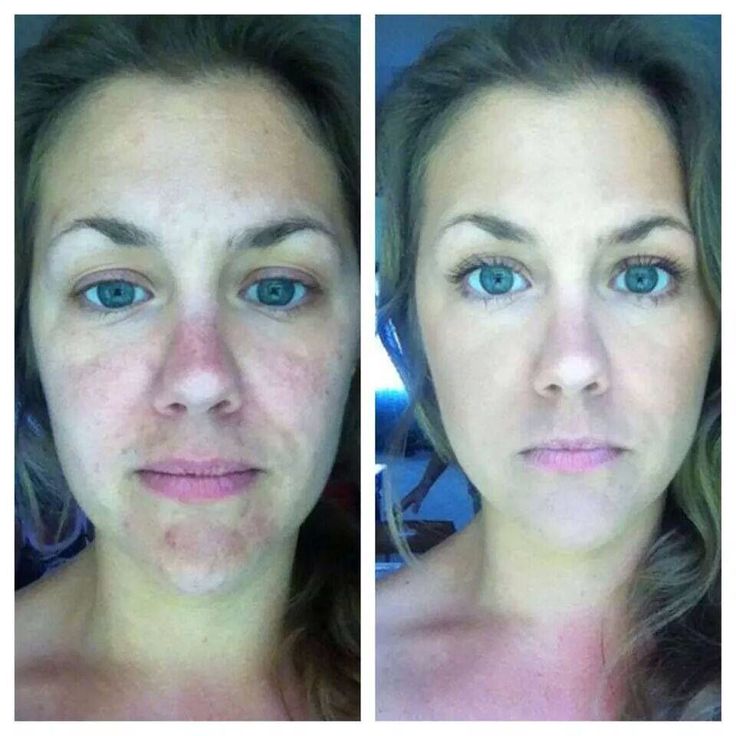 Writing an article about a condition that involves the compulsive over-plucking, picking, and pulling of your hair may make the average person wince. For me, plucking is a daily occurrence. The urge to feel the relief of removing one (or two, or three) hairs that feel "out of place" on my body is stronger than my will power, which has left me with irreversible damage: scars, bald spots, and scabs all over my body (yes, even on my nipples).
Writing an article about a condition that involves the compulsive over-plucking, picking, and pulling of your hair may make the average person wince. For me, plucking is a daily occurrence. The urge to feel the relief of removing one (or two, or three) hairs that feel "out of place" on my body is stronger than my will power, which has left me with irreversible damage: scars, bald spots, and scabs all over my body (yes, even on my nipples).
Why am I sharing this extremely intimate information with the general public? Because, while this may sound "abnormal" to some of you, it is a reality for people with a condition called trichotillomania. "Simply put, trichotillomania (or 'trich') occurs when an individual is unable to resist an acute urge to pull out their hair," says Aarti Gupta, founder and clinical director at TherapyNest, a Center for Anxiety and Family Therapy in Palo Alto, California. "Usually, people experience [a] heightened [feeling of] tension until the hair is pulled, at which point there may even be a sense of relief, satisfaction, or pleasure.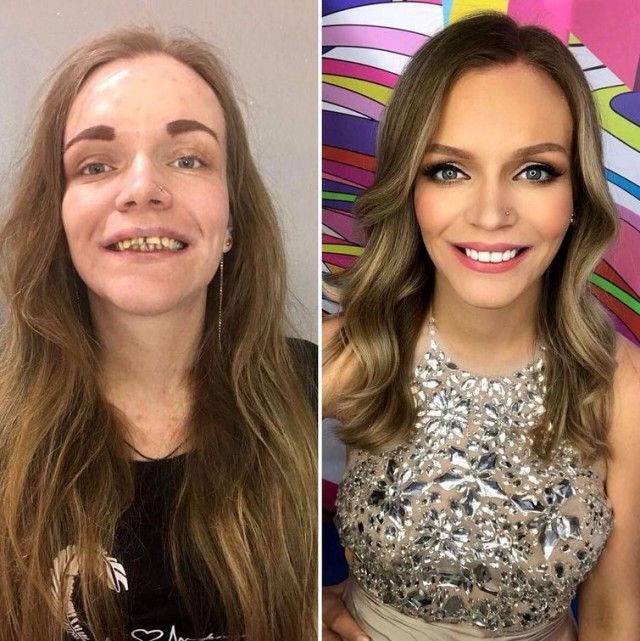 On the other hand, many people are unable to identify any reason why they pull [their] hair, and experience it as mindless or unconscious behavior."
On the other hand, many people are unable to identify any reason why they pull [their] hair, and experience it as mindless or unconscious behavior."
The most common "pull sites" include the scalp, lashes, brows, and body hair. Gupta notes that while there is very little research behind the behavioral condition, it is what she considers a hidden epidemic. "Approximately one out of 50 people in the general population have trich," she says.
According to a study published in 2016 in the American Journal of Psychiatry, women outnumber men in reported cases of trichotillomania four to one. The study also notes that the severity of trichotillomania can ride in waves throughout a person’s life for days, weeks, even years at a time.
"I'd always get asked why I do it to myself. It's hard to give an answer when you don't know why yourself."
Pulling hairs out may seem harmless, but the reality is that trichotillomania can cause physical damage, according to Joshua Zeichner, director of cosmetic and clinical research in dermatology at Mount Sinai Hospital in New York City. "If the patient stops pulling out the hair, it usually will grow back," he says. "However, in some cases with chronic hair pulling, inflammation may develop around the follicles, leading to permanent damage. This means that hairs may not grow back."
"If the patient stops pulling out the hair, it usually will grow back," he says. "However, in some cases with chronic hair pulling, inflammation may develop around the follicles, leading to permanent damage. This means that hairs may not grow back."
So, yes, while that tiny pop of a hair being plucked fresh from its follicle may provide temporary satisfaction, doing so over and over could be setting you up for permanent damage. "Hair follicles are severely damaged and the repeated pulling interferes with the natural hair formation cycle by destroying the hair matrix, which is the part of the hair follicle where the cells work together to form the hair shaft of new growing hairs," adds Bridgette Hill, trichologist and stylist at Paul Labrecque Salon. "Trichotillomania also disrupts the regeneration of the hair follicle throughout the phases of the hair cycle. Visually, the hairs are short and broken and can result in bald patches that can be misdiagnosed as ringworm or alopecia areata.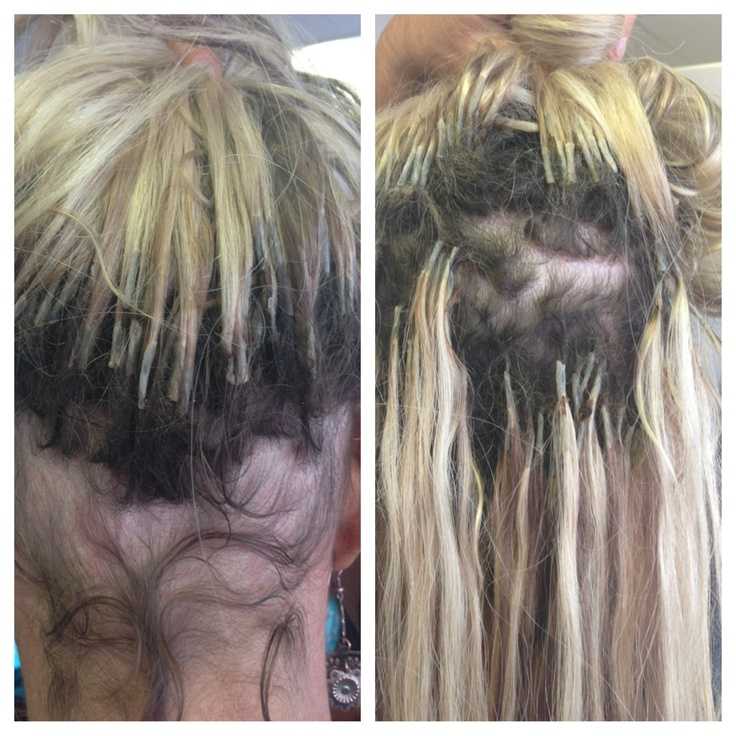 " Zeichner agrees, adding that a similar phenomenon may be seen in the eyebrows from chronic plucking.
" Zeichner agrees, adding that a similar phenomenon may be seen in the eyebrows from chronic plucking.
While all of the experts suggested a variety of physical and behavioral mental health treatments such as cognitive behavioral therapy, wearing gloves, using deep conditioners and scalp toners, and even placing Band-Aids on your fingers, it’s much easier said than done when combatting this condition.
With all of this in mind, we spoke to six people to find out exactly what it's like to live with trichotillomania.
Courtesy Raphaela Sophia Korotky
ALLURE: Talk to us about your journey with trichotillomania:
Raphaela Sophia Krorotky: "My struggle with trichotillomania became apparent to me when I was 16 years old. I would always play with my hair and gently pull at my strands, but I never thought much of it. As time progressed, it noticeably got worse. I began to pull my hair out continuously, resulting in bald spots and thinning areas here and there.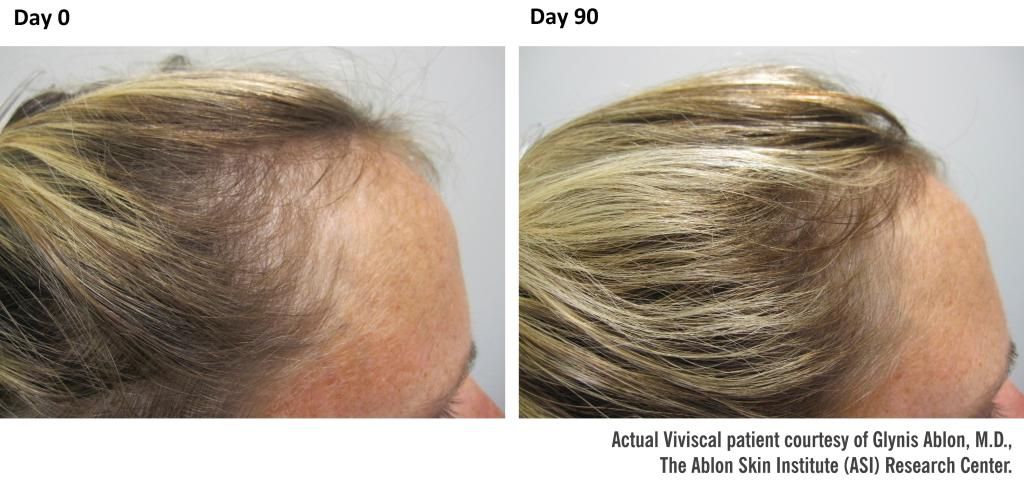 The majority of the time, I wouldn't even notice I was doing it until I looked over and saw a small pile of hair next to me."
The majority of the time, I wouldn't even notice I was doing it until I looked over and saw a small pile of hair next to me."
Most Popular
"Coming out to my loved ones about trich was difficult as it's an uncommon condition, and an odd one as well. I felt very embarrassed and somewhat [ashamed] bringing it up to others. No one knew what it was, and even after giving an explanation, many of them were still confused. I'd always get asked why I do it to myself. It's hard to give an answer when you don't know why yourself. Thankfully, I'm blessed with amazing people in my life who have all been nothing but accepting and supportive about it."
"Asking things such as, 'why don't you just stop?' or 'why would you do that to yourself?' is not only frustrating, but it's belittling as well."
"I decided to shave my head in hopes [of ending] my battle with trich for good. Nothing will ever top the feeling of freedom and endless optimism I had at that moment. The weight was lifted off my shoulders as my best friend literally buzzed off all the negativity. I cried genuine tears of happiness once I saw my bald head. It was a new chapter I couldn't wait to embark on."
The weight was lifted off my shoulders as my best friend literally buzzed off all the negativity. I cried genuine tears of happiness once I saw my bald head. It was a new chapter I couldn't wait to embark on."
ALLURE: How has trichotillomania impacted your relationship with your hair?
RSK: "Before I shaved my head, my hair was my biggest insecurity. Each day I had to style my hair in ways so my bald spots wouldn't be showing — I'd even use brown eye shadow to fill in noticeably thin areas that had no way of getting covered. Each time I would check my bald spots in the mirror, I would begin to break down. It was a constant battle I had with myself that caused my self-esteem to plummet. I absolutely hated my hair. I would constantly catch myself comparing my hair to other girls'. It was dreadful."
ALLURE: What has trichotillomania taught you about yourself?
RSK: "Trichotillomania has shown me how truly strong I am, and that I can overcome whatever battle comes my way.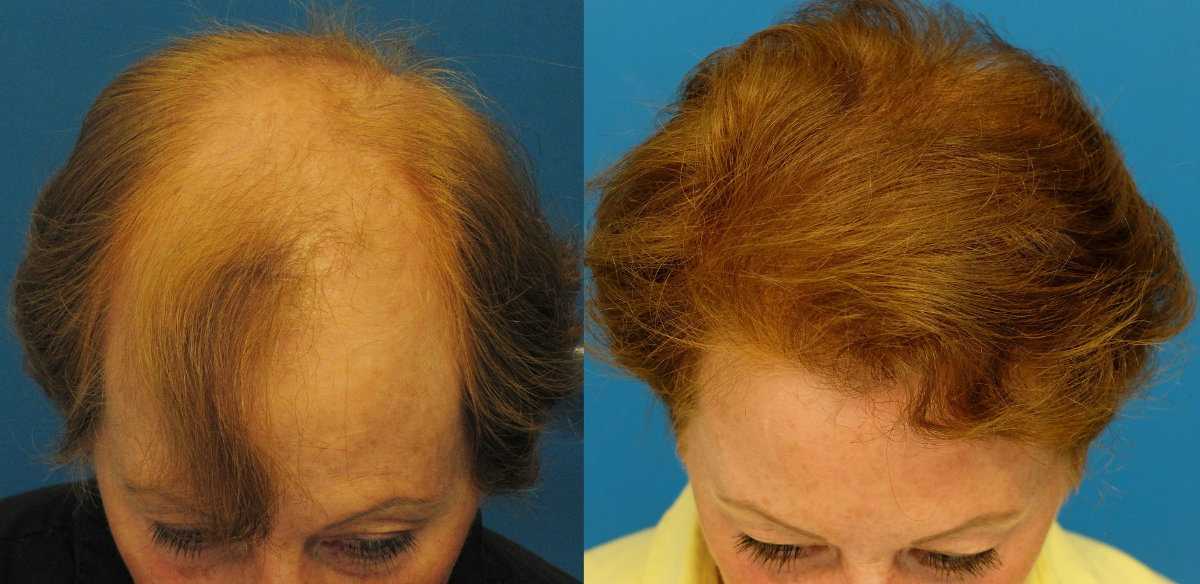 There were many days when I wouldn't even leave my bed because of how down I felt about my situation, but looking back at it, those days helped me get to where I am now. I would beg for the day when things would be better, and I'm proud to say I've finally reached that better place."
There were many days when I wouldn't even leave my bed because of how down I felt about my situation, but looking back at it, those days helped me get to where I am now. I would beg for the day when things would be better, and I'm proud to say I've finally reached that better place."
ALLURE: What's one thing you think everyone should know about trichotillomania?
RSK: "Trichotillomania is a complex and confusing disorder. Us 'trichsters' can't even wrap our heads around it ourselves. Asking things such as, 'why don't you just stop?' or 'why would you do that to yourself?' is not only frustrating, but it's belittling as well. Trust me, if we could 'just stop,' we would. No one wants to give themselves bald spots, but we can't help it. Be supportive, be understanding, and be kind. All we can do is stay positive and keep pushing."
MAXSPEED STUDIOS
Most Popular
ALLURE: Talk to us about your journey with trichotillomania:
Samantha Kwiatkowski-Conway: "I started pulling my hair out when I was around 12 years old, but at the time I didn't realize it was happening.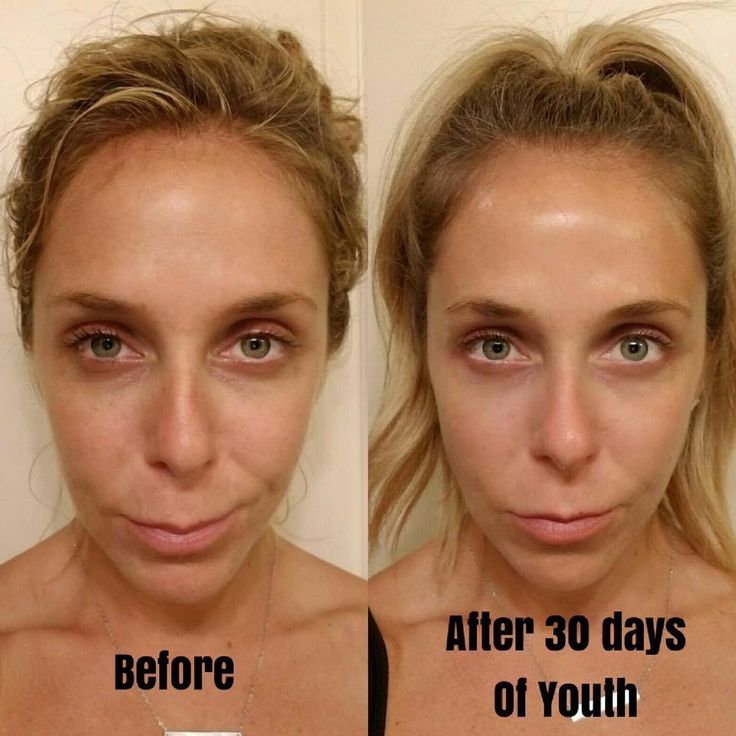 I would pull my hair absentmindedly when I was lying in my bed at night thinking about other things. When it started, there was no intention behind it. Then, when I was in middle school, I started experimenting with makeup and was allowed to wear mascara. That's when things really took a turn. Instead of taking off my makeup I would pull off my mascara, taking my eyelashes with it. My absent-minded habit transformed into a conscious effort, and now as an adult, it's a bit of both."
I would pull my hair absentmindedly when I was lying in my bed at night thinking about other things. When it started, there was no intention behind it. Then, when I was in middle school, I started experimenting with makeup and was allowed to wear mascara. That's when things really took a turn. Instead of taking off my makeup I would pull off my mascara, taking my eyelashes with it. My absent-minded habit transformed into a conscious effort, and now as an adult, it's a bit of both."
"The best way I can explain trich for me is that it's like an itch. Often, I feel a physical sensation that's uncomfortable that I just want to stop. Something in my head tells me that there is one hair that's bothering me and if I find it and pull it out, then it'll feel better. But the thing is, it's not just one hair. Often by the time I'm done pulling, I've pulled out all of the hair in the area. My family and friends also try to stop me when they notice that I'm pulling out my hair, but that doesn't always help me.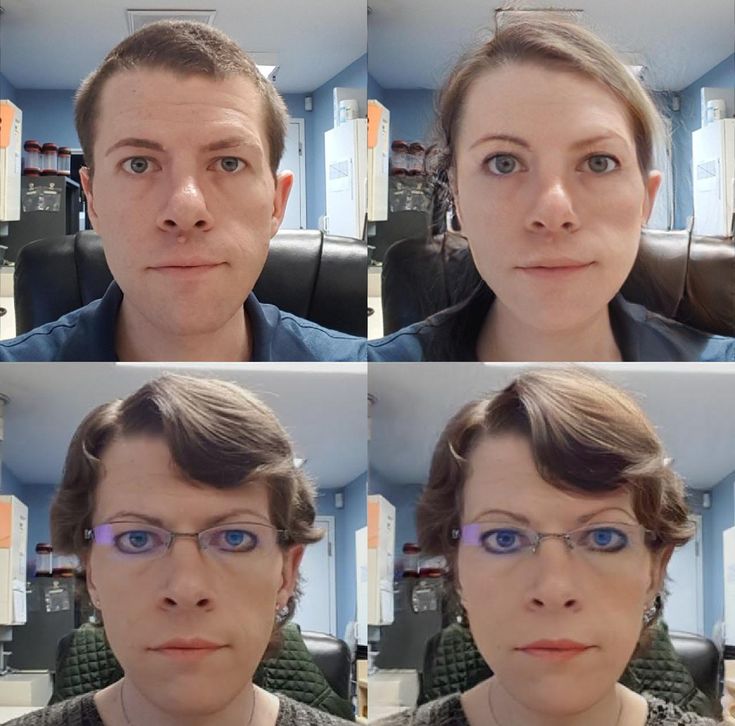 It leaves me feeling embarrassed and ashamed, but also frustrated. Not exactly a good mix of emotions."
It leaves me feeling embarrassed and ashamed, but also frustrated. Not exactly a good mix of emotions."
ALLURE: How has trichotillomania impacted your relationship with your hair?
SKC: "Trichotillomania has made me more self-conscious about my appearance than I think I would be otherwise. I always want to hide my bald patches, so I rarely leave the house without makeup to cover what I can. If I have no eyelashes at all, it really affects my self-esteem. Your eyes are such a focal point of your face."
"When I first opened up about my hair pulling, I was shocked by the number of people in my life that also had trichotillomania or other body-focused repetitive behaviors. I had no clue."
What has trichotillomania taught you about yourself?
SKC: "That I'm my own worst critic. Situations like getting my makeup done really make me anxious and I'm so worried about being judged. But no one cares about my bald spots as much as I do.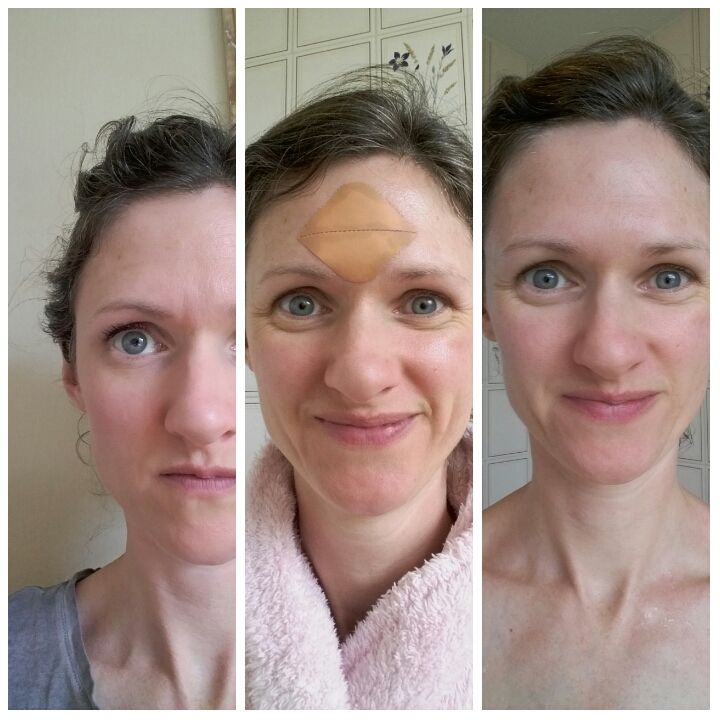 "
"
What's one thing you think everyone should know about trichotillomania?
SKC: "I wish people knew how common it is. If you're someone with trichotillomania that feels like they are the only person out there that pulls out their hair, I promise you, you're not. When I first opened up about my hair pulling, I was shocked by the number of people in my life that also had trichotillomania or other body-focused repetitive behaviors (BFRBS). I had no clue."
Courtesy Kelly Hope Taylor
Most Popular
ALLURE: Talk to us about your journey with trichotillomania:
"I was 14 when I first started pulling out my hair, I felt alone and confused. I kept it a secret until I Googled it and realized it's an actual condition. Eventually, I became confident with my bald spots and decided to make content to inspire others with the same condition. Most of my family and peers reacted in a supportive way that surprised me.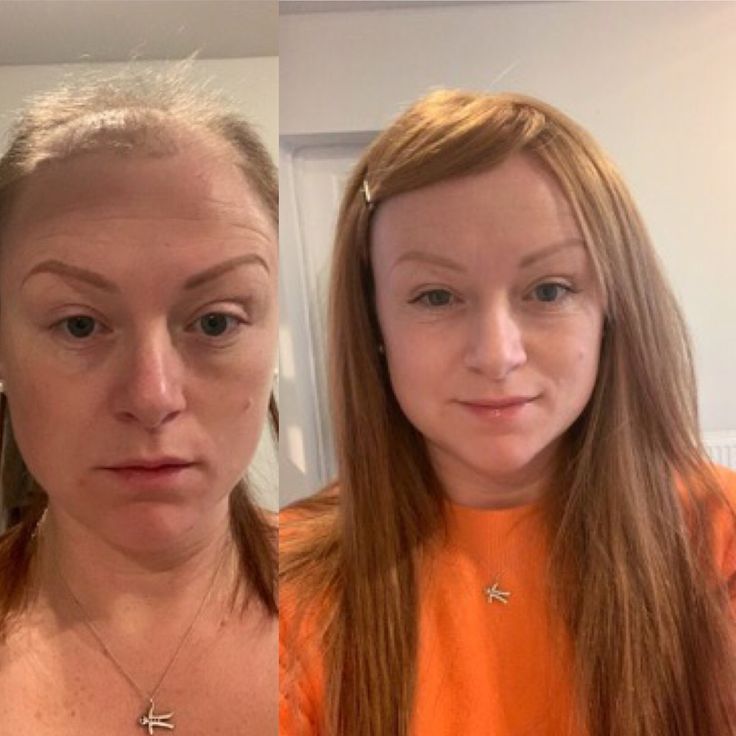 They even helped chip in to buy me my first wig."
They even helped chip in to buy me my first wig."
ALLURE: How has trichotillomania impacted your relationship with your hair?
KHT: "It made me realize it [hair] isn't important. Hair doesn't impact or lessen beauty in any way."
ALLURE: What has trichotillomania taught you about yourself?
KHT: "Beauty comes in many forms, and trich needs to be talked about more. It's not normal yet to talk about, [it's treated like] an elephant in the room, so to speak."
ALLURE: What's one thing you think everyone should know about trichotillomania?
KHT: "That you don't have to treat us differently, and it's not contagious. We just want the same treatment as everyone else."
Courtesy Nico Santomorena
Most Popular
Talk to us about your journey with trichotillomania:
"I've had trichotillomania for a long, long time.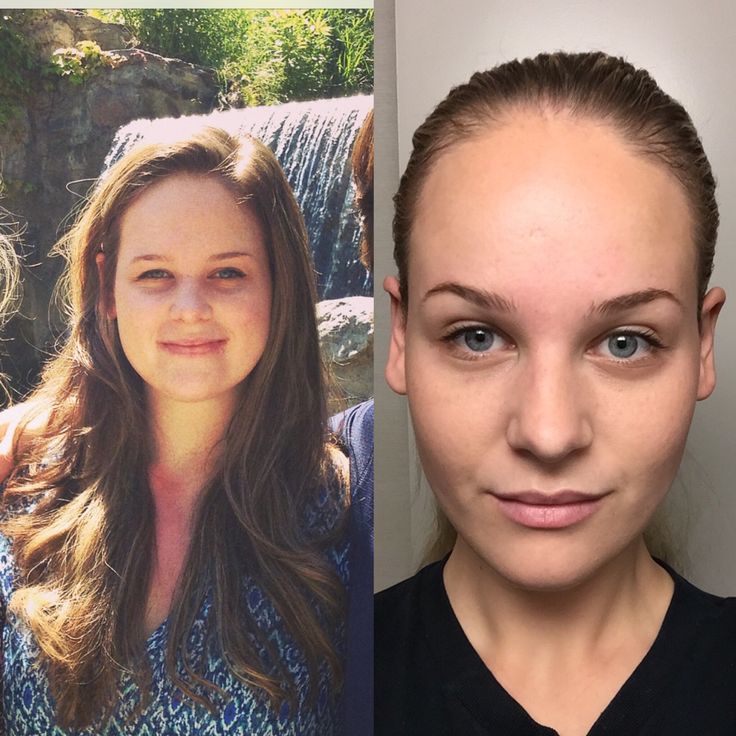 I can't really remember a point in my life where I haven't had some form of it or other BFRBS. But, my first clear, distinct memory of pulling out my hair was around seven years old: I remember about a year later, my mom was brushing my hair and she gasped and asked me what happened. I wasn’t a good liar so I told her 'mommy, I pulled out my hair.' She was super scared and concerned and so we looked for a doctor to help treat whatever it was that was going on with me. I didn't have a diagnosis until I was nine or 10."
I can't really remember a point in my life where I haven't had some form of it or other BFRBS. But, my first clear, distinct memory of pulling out my hair was around seven years old: I remember about a year later, my mom was brushing my hair and she gasped and asked me what happened. I wasn’t a good liar so I told her 'mommy, I pulled out my hair.' She was super scared and concerned and so we looked for a doctor to help treat whatever it was that was going on with me. I didn't have a diagnosis until I was nine or 10."
"There's another that has severely impacted me into adulthood. I was in fourth grade and my hair loss was extremely noticeable at that point. I had a bald spot about the size of a donut on the top of my head (I'm not going to lie, I looked like a Franciscan friar). I had begun to wear hats, bandanas, and hairpieces to my private school, which was against dress code so I got a lot of unwanted attention either way."
"I change my hair pretty often, not to hide bald spots or anything, but because I get bored with one style.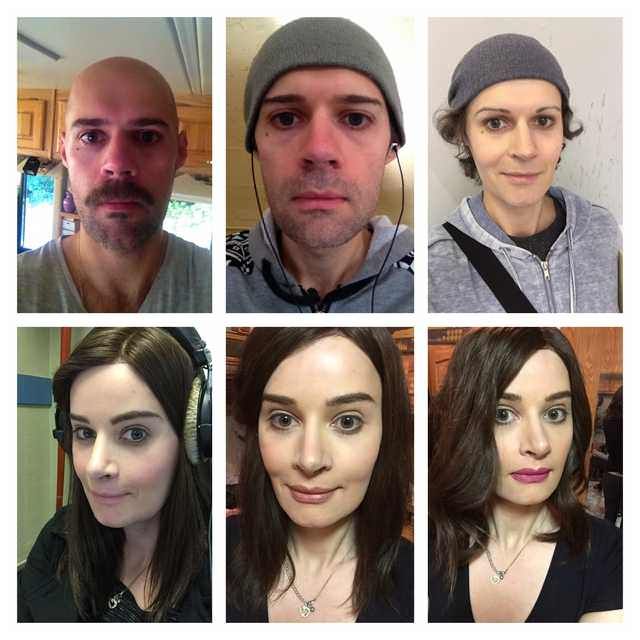 "
"
"I was picked on a lot and called names. The worst of it happened in the fall of fourth grade. I was playing on the monkey bars with my twin sister and another friend when a boy in our class snatched my hairpiece right off my head and waved it around like a trophy. I was absolutely mortified. He thought it was hilarious and ran around with it calling me baldy, alien, and cancer girl. I just remember going home and crying and I told my mom I never wanted to go to school again. It was the first time in my life that I felt like I didn't want to exist. At 10 years old, I felt so ugly and small that I wished I wasn't alive. I wish I could go back and hug younger me and tell them that that boy was an idiot and that you're gonna do awesome things!"
How has trichotillomania impacted your relationship with your hair?
"Trichotillomania has actually made me have a healthy relationship with one of the potentially most controversial parts of me. When I was younger, I used to hate my hair.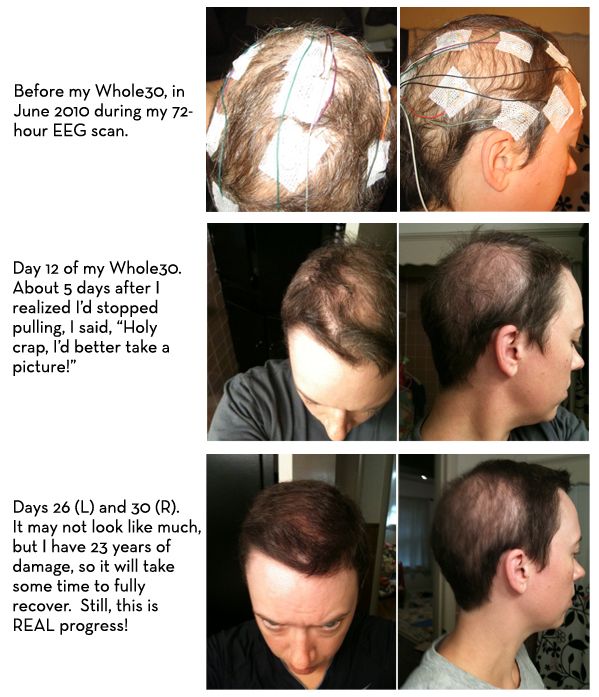 I would cry because I had 'ruined' it. But as I got older, the less I cared. To me, my hair is nothing more than an expression, like a piece of clothing or jewelry. I'm not attached to it. Do I like my hair? Yes. Would I be devastated if I shaved my head tomorrow? Absolutely not. I change my hair pretty often, not to hide bald spots or anything, but because I get bored with one style. It's fun to play around with and it's fun to utilize my bald spots in my hair cuts — yes, that’s right, I incorporate how I pull into my haircuts. I know this sounds strange, but I’ve learned to pull more strategically, so now the bald spots are easier to cover/manage."
I would cry because I had 'ruined' it. But as I got older, the less I cared. To me, my hair is nothing more than an expression, like a piece of clothing or jewelry. I'm not attached to it. Do I like my hair? Yes. Would I be devastated if I shaved my head tomorrow? Absolutely not. I change my hair pretty often, not to hide bald spots or anything, but because I get bored with one style. It's fun to play around with and it's fun to utilize my bald spots in my hair cuts — yes, that’s right, I incorporate how I pull into my haircuts. I know this sounds strange, but I’ve learned to pull more strategically, so now the bald spots are easier to cover/manage."
Most Popular
"I refuse to be weighed down by the trauma and shame that comes with something so insignificant as my hair. I know that many other people would disagree or think what I'm saying is controversial. But give yourself a drastic haircut or buzz it at least once in your life.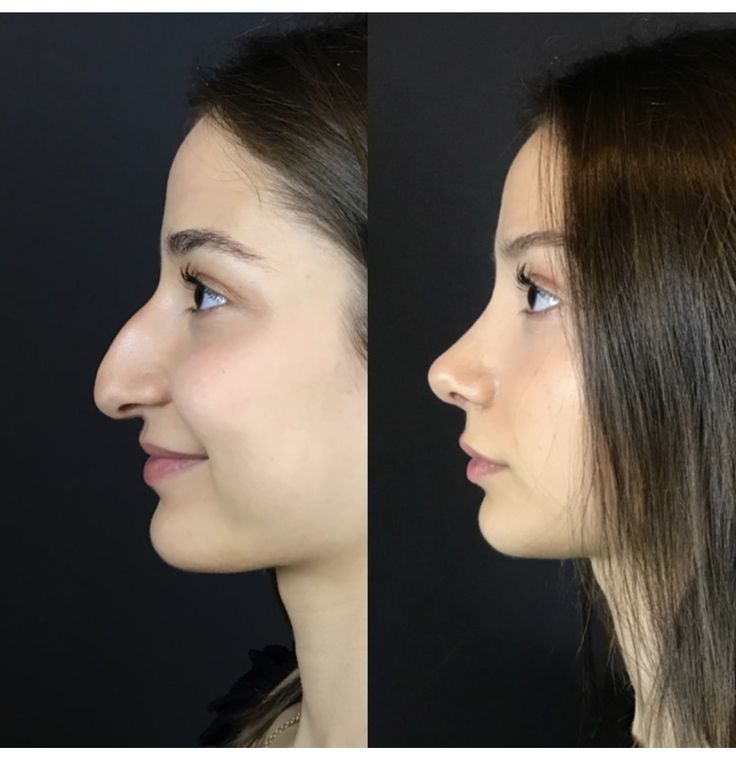 You'll thank me. I promise it's super freeing."
You'll thank me. I promise it's super freeing."
"I think everyone should know that having trichotillomania doesn’t mean you're alone."
What has trichotillomania taught you about yourself?
"Trichotillomania has taught me so, so many things. But mainly I've learned that human worth — my worth — is not based on superficial evaluations. My worth is in what I can offer and how I can help other people find their worth. Since having trich, I have developed such a sense of love. I just have this intense love for everyone who feels unworthy or alone. I have always been this way, but I feel that without trichotillomania, I might not understand how much a single moment of validation can mean to someone. Trichotillomania has taught me that it’s OK to be seen, to let myself and others see me in my most genuine form. Trichotillomania taught me that I am strong, sensitive, empathetic, creative, kind, and above all flawed — which is OK!"
What's one thing you think everyone should know about trichotillomania?
"I think everyone should know that having trichotillomania doesn’t mean you're alone. It is so much more common than people think it is: That could mean that someone in your lecture pulls out their eyebrows, the guy in line at the DMV picks at his beard, or the waitress who brought your drinks pulls her eyelashes. If you need someone to talk to there are great organizations that provide information, support, research and connection, such as the TLC Foundation for BFRBS."
It is so much more common than people think it is: That could mean that someone in your lecture pulls out their eyebrows, the guy in line at the DMV picks at his beard, or the waitress who brought your drinks pulls her eyelashes. If you need someone to talk to there are great organizations that provide information, support, research and connection, such as the TLC Foundation for BFRBS."
Talk to us about your journey with trichotillomania:
Courtesy Joyce Tran
Most Popular
"I remember twirling my hair during French class in elementary school — fourth grade to be exact. I didn’t think anything of it or thought I was doing anything wrong. Somewhere between then and my first self-induced bald spot, I began pulling out my hair. I feel for a hair that stood out in texture (normally, it's a hair that's thicker and coarse), and my logic in removing it is that it will make my hair smoother overall. Starting then, I began pulling my hair out unconsciously for four years before I learned what 'trichotillomania' was.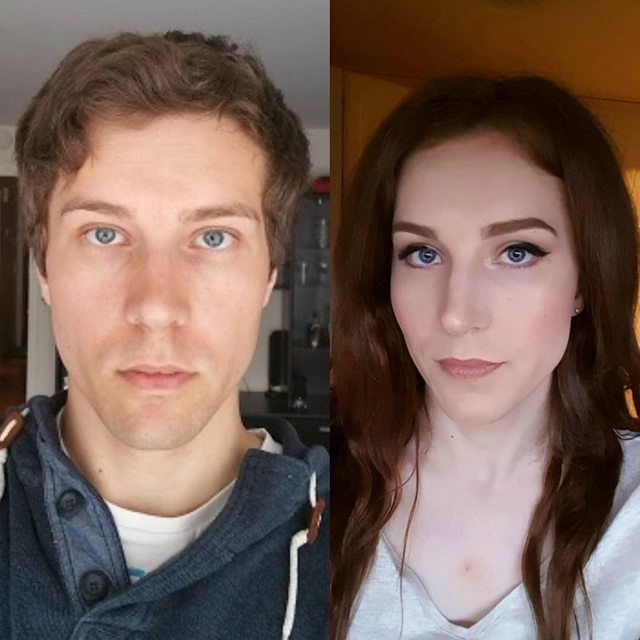 My hair and exposed scalp became a war zone of probing questions and concerned looks from extended family and strangers. I saw a doctor, dermatologist, and Chinese herbalist before I even realized what I did."
My hair and exposed scalp became a war zone of probing questions and concerned looks from extended family and strangers. I saw a doctor, dermatologist, and Chinese herbalist before I even realized what I did."
"[In 10th grade, while ignoring my] assignments, I scrolled through Tumblr and I found a photo of a girl with significant bald spots and thin hair. She wrote about how she pulled her hair out at the root. She had trichotillomania. From there, I scoured Google for anything that could stop the pulling. I kept this secret from so many for a long time. I attended a local group for those with BFRBs under the guise of studying with friends. I watched people on YouTube talk about how they grew their hair in 30 days, or how they stopped pulling."
"because I struggled with my sense of self and concept of beauty for so long, I feel like my 'hair-lationship' is finally stable."
"In February 2019, I had quit my first corporate job after university. I experienced trichotillomania for about 15 years at that point.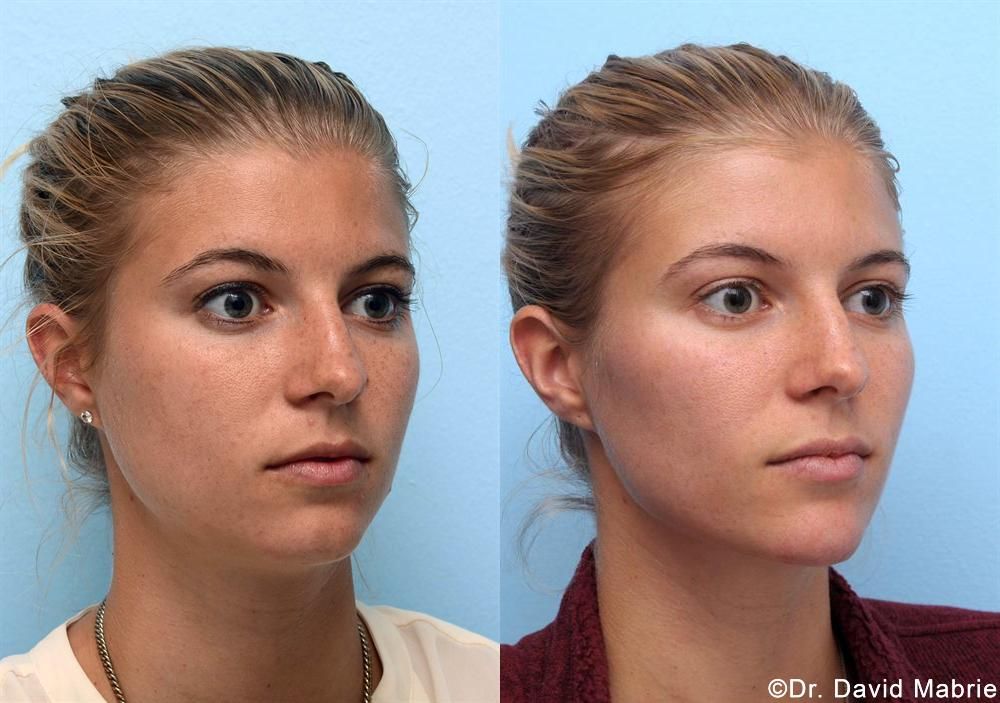 I decided that dealing with my trichotillomania privately was doing me more harm than good, so I made a public Instagram page and promptly followed all my friends from it. Now I’m 23 and can mostly talk openly about my trichotillomania with people. I'll wear alternative hair (toppers or wigs) and my biological hair out depending on my mood. I feel good that I can be wholly honest and share all parts of myself. I’m coming to terms with my compulsive hair pulling little by little."
I decided that dealing with my trichotillomania privately was doing me more harm than good, so I made a public Instagram page and promptly followed all my friends from it. Now I’m 23 and can mostly talk openly about my trichotillomania with people. I'll wear alternative hair (toppers or wigs) and my biological hair out depending on my mood. I feel good that I can be wholly honest and share all parts of myself. I’m coming to terms with my compulsive hair pulling little by little."
How has trichotillomania impacted your relationship with your hair?
"When my trich (and simultaneously, my mental health) was at its worst, my relationship with hair felt like a 2 a.m. drunken parking lot fistfight. From trich stemmed jealousy, self-hatred, anger, guilt, frustration, embarrassment, and humiliation. And as an insecure preteen with YouTube account, I simultaneously learned about how to be beautiful, and how that was something impossibly out of my reach."
"What I never realized was how deeply my hair affected my concept of femininity. Especially at a stage of life as volatile as adolescence, the short hair I felt forced into drove me into a tomboyish nature. I wanted to be 'one of the boys,' and repress all aspects of femininity that came anywhere near me. I rejected all things pink, girly, and shunned those who idolized such values. All because I knew in some way, my hair was messed up and there was no way to fix it."
Especially at a stage of life as volatile as adolescence, the short hair I felt forced into drove me into a tomboyish nature. I wanted to be 'one of the boys,' and repress all aspects of femininity that came anywhere near me. I rejected all things pink, girly, and shunned those who idolized such values. All because I knew in some way, my hair was messed up and there was no way to fix it."
"Whatever my hair looks like, I'm still myself at the core."
"Beyond my relationship with my hair, the psychological effects of trich have been something even harder to come to terms with. The cycle of guilt and failure that's reinforced is something that will take me years to overcome. But because I struggled with my sense of self and concept of beauty for so long, I feel like my 'hair-lationship' is finally stable. I treat it like a roommate that I really, really like: we don’t have to be around each other (I could technically cut it off if I wanted to), but for now, we want to be together.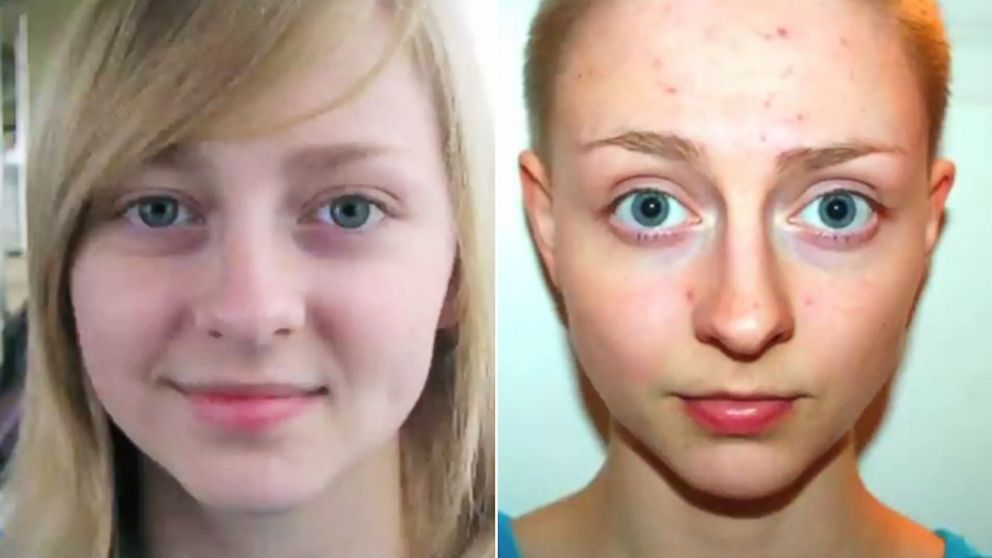 "
"
Most Popular
What has trichotillomania taught you about yourself?
"There is a lot more to me than how my hair looks, and I like a lot of it. By dismissing my hair at an early age, it forced me into a rabid witch hunt of positivity to find different parts of myself to appreciate. Whatever my hair looks like, I'm still myself at the core."
Courtesy Morgan Kate Weber
Talk to us about your journey with trichotillomania:
"I was seven when I pulled all of my eyelashes out. I was sitting in class, bored, and I remembered my friend telling me that if you blew an eyelash, you could make a wish. So I pulled one out, and I didn't stop. I didn't know why I felt pleasure from pulling them out, but I did. The kid in front of me saw me doing this and started to mock me, but it didn't stop me. I felt embarrassed that someone was making fun of me, but the urge to pull was too overwhelming."
"I know that although hair (or lack of) does not define me, it is still a part of me that I should love and accept no matter what. "
"
"Later that night at home, my mom noticed my bare eyelids and was very concerned. She asked what happened to them, and I lied, saying that I didn't know — this lie was used for many years to answer that same question asked by my family, friends, and classmates because I was too ashamed to say that I did this to myself. I lied because I didn't even understand why I continued to pull out my eyelashes. Years later, when I was about 14 years old, I finally tried looking up hair pulling. At that moment, I found out that I had a real disorder that many other people had as well."
Most Popular
How has trichotillomania impacted your relationship with your hair?
"Trichotillomania has always affected the way I see myself. As a child and in my early teens, I hated my face, and I felt like I looked unnatural with no eyelashes. My relationship with my hair has changed completely now that I am finally comfortable with myself. I know that although hair (or lack of) does not define me, it is still a part of me that I should love and accept no matter what."
I know that although hair (or lack of) does not define me, it is still a part of me that I should love and accept no matter what."
What has trichotillomania taught you about yourself?
"I have lived almost my whole life without eyelashes. This is something I have accepted as a part of who I am. Recently in college, I started pulling out my eyebrows as well. I used to hate myself for not appearing 'normal,' but now I think of myself as unique. I like to be able to talk about my disorder because it separates me from the rest of the world. It may not be something that people directly relate to, but many people have been able to relate it with something they are dealing with in their lives. My disorder has taught me to accept and love myself the way that I am, and that I don't have to stop pulling to be happy."
What's one thing you think everyone should know about trichotillomania?
"One thing that I try to talk about often is acceptance — not just the individual accepting themselves, but also family, friends, and authoritative figures in the individual's life. For many people with trichotillomania, it starts at a very young age, meaning that their parents will raise a child that pulls out their own hair. From my experience as a child with this disorder, people in my life made me feel ashamed of it by telling me to stop, or by telling me how beautiful I used to be when I had eyelashes. They said these things in hopes that it would make me want to stop, but the reality is that I couldn't make the urges go away. All I wanted them to do was accept me for it and understand that the urges were always present. I wanted someone to just tell me that pulling was okay."
For many people with trichotillomania, it starts at a very young age, meaning that their parents will raise a child that pulls out their own hair. From my experience as a child with this disorder, people in my life made me feel ashamed of it by telling me to stop, or by telling me how beautiful I used to be when I had eyelashes. They said these things in hopes that it would make me want to stop, but the reality is that I couldn't make the urges go away. All I wanted them to do was accept me for it and understand that the urges were always present. I wanted someone to just tell me that pulling was okay."
Interviews have been edited and condensed for clarity
Most Popular
causes, symptoms, diagnosis and treatment
I confirm More
- INVITRO
- Library
- Disease Handbook
- Trichotillomania
Alopecia
Depression
Neurosis
7355 09 September
Trichotillomania: causes, symptoms, diagnosis and treatment.
Definition
Trichotillomania (TTM) is a chronic traumatic alopecia caused by a mental disorder characterized by regular pulling out of one's own hair from the scalp, eyebrows, eyelashes, pubis and other parts of the body. Patients with TTM often suffer from other mental disorders (eg, depression, neurosis).
Trichotillomania can be an independent disease or develop against the background of bipolar disorder, schizophrenia, organic brain damage.
The first signs of trichotillomania appear, as a rule, in childhood or adolescence, although cases of TTM manifestation in adults have been described - in this case, the prognosis for cure is less favorable.
Statistics show that the prevalence of pathology is approximately 0.9%, but doctors say that the numbers may be higher, since many patients do not seek medical help. Women suffer from trichotillomania twice as often as men.
Causes of trichotillomania
The main reason for the formation of the habit of hair pulling lies in the psychological problems of the patient: the disease can develop against the background of stress, increased anxiety, self-doubt, difficult relationships in the family (lack of mutual understanding causes chronic stress in the child, which can become trichotillomania).
There is a theory, which does not yet have solid evidence, about the hormonal nature of TTM. Its supporters focus on the fact that in many patients the manifestation of the disease coincides with the period of puberty, when there are significant changes in the hormonal background.
Classification of the disease
According to the ICD-10 classification, trichotillomania belongs to section F63 “Disorder of habits and drives”.
Trichotillomania can be unconscious (automatic), when the patient does not realize that he is pulling out his hair, and conscious, when pulling out his hair becomes a response to a stressful situation, increased tension and allows for some time to get rid of anger, frustration and anxiety. A combination of these two types of TTM is also possible.
Trichotillomania is classified based on the age of the patient when the disease debuted:
- childhood trichotillomania occurs in children 2-6 years of age;
- adolescent trichotillomania develops at 11-15 years of age;
- bidominal trichotillomania is manifested by two clinical peaks: first in preschool and then in adolescence;
- adult trichotillomania.
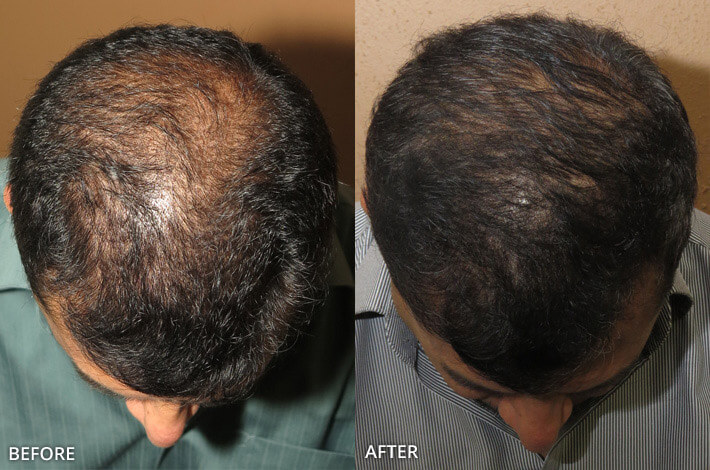
Symptoms of trichotillomania
Specific manifestations of trichotillomania include pulling out one's own hair, twisting it around a finger, sucking, cases are described when patients chew and swallow their torn hair. Patients with TTM can often touch their hair without even pulling it out, and the act of pulling out their hair always brings them emotional relief.
The clinical picture of the disease is represented by foci of total alopecia of irregular shape (bald patches can be localized where there is hair, but more often on the crown and crown) or areas with sparse hair (in this case, hair broken off at different heights, with split ends, or rolled into rings).
Pinpoint hemorrhages (hemorrhages) can be visualized on the skin due to hair pulling. With total hair pulling, hemorrhagic crusts and erosions, foci of lichenification (thickening and thickening of the skin) are often formed.
Hair pulling usually does not bring any pain to patients, since the sensitivity in these areas of the skin is reduced.
Diagnosis of trichotillomania
Diagnosis of TTM is difficult because patients do not recognize the very fact of hair pulling, and the clinical picture of trichotillomania is similar to other alopecia, so in about 50% of cases, patients with TTM are initially diagnosed with alopecia areata. Differentiation of two pathologies allows the analysis of the totality of pathological trichoscopic signs and key disease markers. Trichotillomania is characterized by the preservation of pigmented short hair and different lengths of hairs, with alopecia areata, the hair is discolored and thin.
To detect the disease, trichoscopy is considered the main diagnostic method - a computer study of the condition of the hair and scalp using a trichoscope, which is equipped with a video camera and magnifying optics.
Trichotillomania is distinguished by the presence of several types of hair: hair with normal ends, hair with ends in the form of a brush, twisted hair.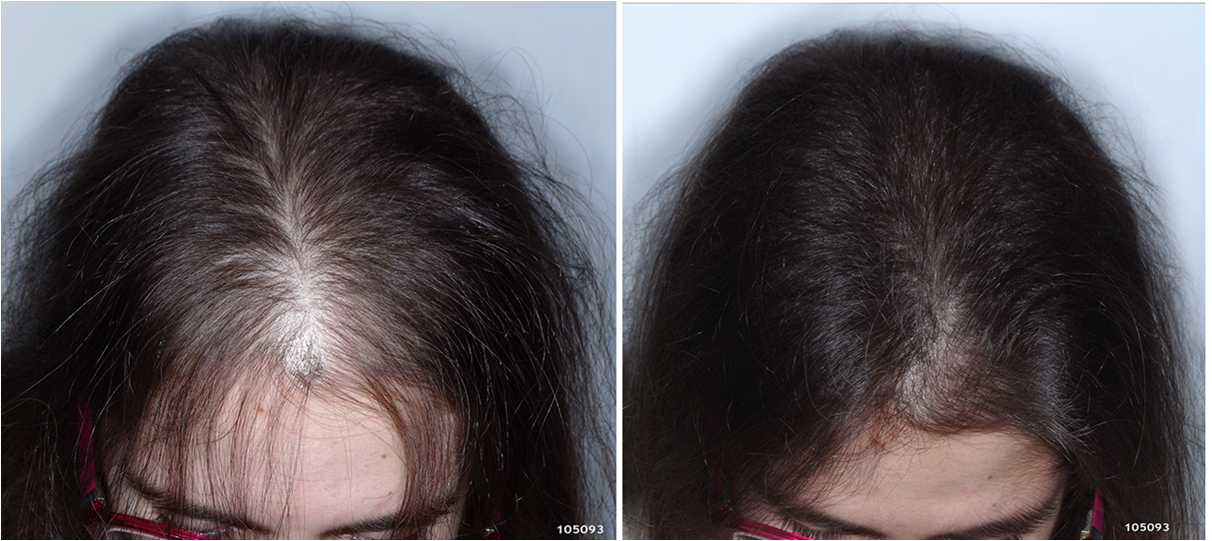 Many empty follicles are found, some of them with black patches of remnants of the hair shaft (trichomalacia). Histological examination may be required to clarify the diagnosis.
Many empty follicles are found, some of them with black patches of remnants of the hair shaft (trichomalacia). Histological examination may be required to clarify the diagnosis.
Key markers of the disease include:
- habit of regularly touching and pulling hair;
- emotional tension before hair-pulling;
- emotional relaxation after hair-pulling;
- absence of other dermatological and trichological pathologies.
The fluorescent test is used in cases where the patient and his relatives do not recognize the fact of hair pulling. To conduct the test, the hair is treated with fluorescent ink, and every other day the skin of the hands is examined under a Wood's lamp. A characteristic glow of the skin indicates that the patient often touches his hair.
The doctor may recommend a study of the composition of the hair for trace elements in order to prescribe drugs for hair restoration.
Small hair trace element screening
Up to 5 business days
Available with home visit
4 410 RUB
Add to cart
Which doctors to contact
Patients with problems of hair thinning and total baldness turn to trichologists and dermatologists. Of course, these specialists are engaged in local therapy.
Of course, these specialists are engaged in local therapy.
Nevertheless, trichotillomania is a mental disorder, so its treatment should be comprehensive, and one cannot do without the help of a psychiatrist.
However, if a patient does not present to a doctor for trichotillomania, the disorder may be suspected general practitioner during a visit for a different reason, paying attention to the bald patches and the emotional status of the patient.
Treatment of trichotillomania
First of all, patients with trichotillomania need the help of psychiatrists and psychologists. Doctors find out what factors or circumstances lead to episodes of hair pulling, and give recommendations on how to eliminate or minimize them. For treatment, hypnosis, psychotherapy and antidepressants can be used, and in the presence of itching - glucocorticosteroids locally.
Some studies show that as an adjunctive therapy, the patient, when feeling the urge to pull his hair, can begin to do self-massage of hands, touch beads or rosary.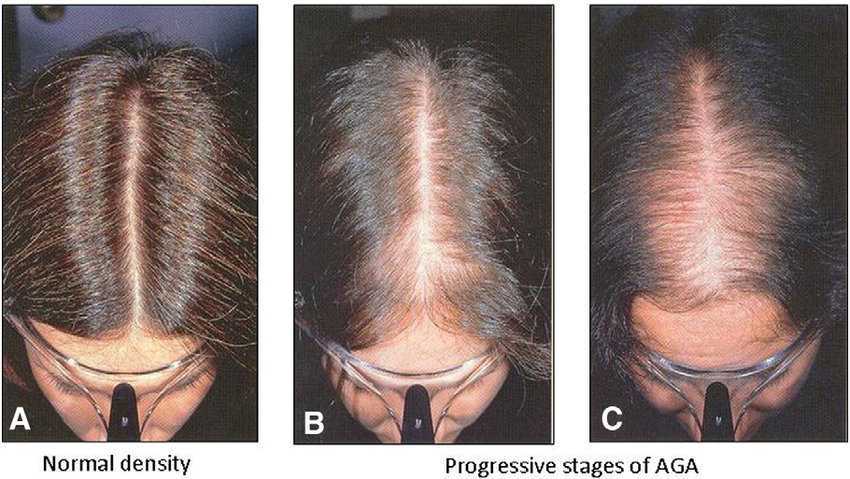
Complications
Since it is common for some patients to swallow torn hairs (trichophagia), there is a risk of clumps of hairs forming in the stomach, making it difficult to pass and digest food and may require surgery.
Another consequence of constant hair pulling is infection of the injured skin.
If the patient pulls out hair for a long time, hair growth may stop altogether.
Prevention
Preventive measures in childhood come down to educational moments: children who are prone to anxiety and self-doubt should not be criticized, set strict limits on them and compared with others - in other words, it is important for such children to ensure a minimum level of stress.
Adolescents and adults should avoid stressful situations as much as possible and relieve emotional tension through sports (eg swimming).
Sources:
- Tikhonovskaya I.V., Lesnichaya O.V. Trichotillomania: clinic, diagnosis, differential diagnosis, treatment // Medical News.
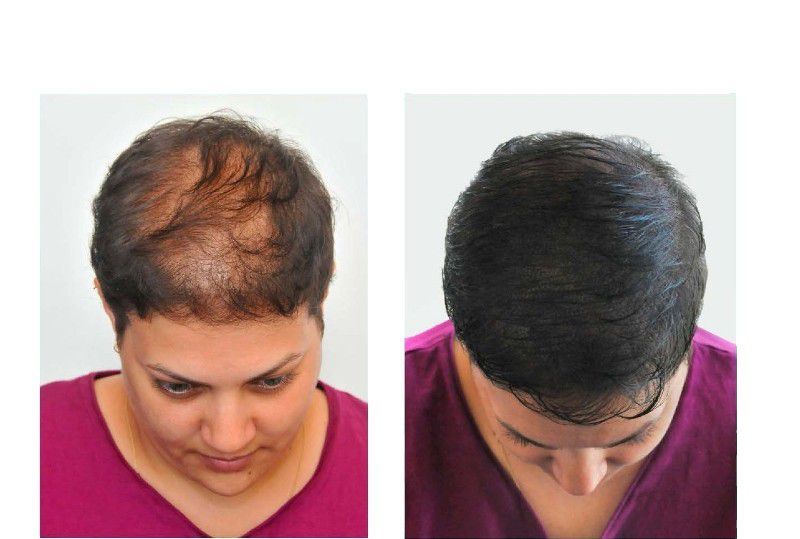 No. 1, 2014. S. 12-15.
No. 1, 2014. S. 12-15. - Efanova E. N., Rusak Yu. E., Gorshkova A. V., Vasilyeva E. A. Trichotillomania and trichobezoar in a teenager: a clinical case. Questions of modern pediatrics. 2019; 18(2): 134-137. doi:10.15690/vsp.v18i2.2016
IMPORTANT!
The information in this section should not be used for self-diagnosis or self-treatment. In case of pain or other exacerbation of the disease, only the attending physician should prescribe diagnostic tests. For diagnosis and proper treatment, you should contact your doctor.
For a correct assessment of the results of your analyzes in dynamics, it is preferable to do studies in the same laboratory, since different laboratories may use different research methods and units of measurement to perform the same analyzes.
Recommendations
-
Wolf mouth
2416 05 March
-
Trichuriasis
13074 01 March
-
Chronic myeloid leukemia
13070 February 23
Show 9 more0003
Roseola
Papule
Vesicle
Pustule
Leucoderma
Alopecia
Syphilides
Intoxication
Secondary syphilis
Secondary syphilis: causes, symptoms, diagnosis and treatment.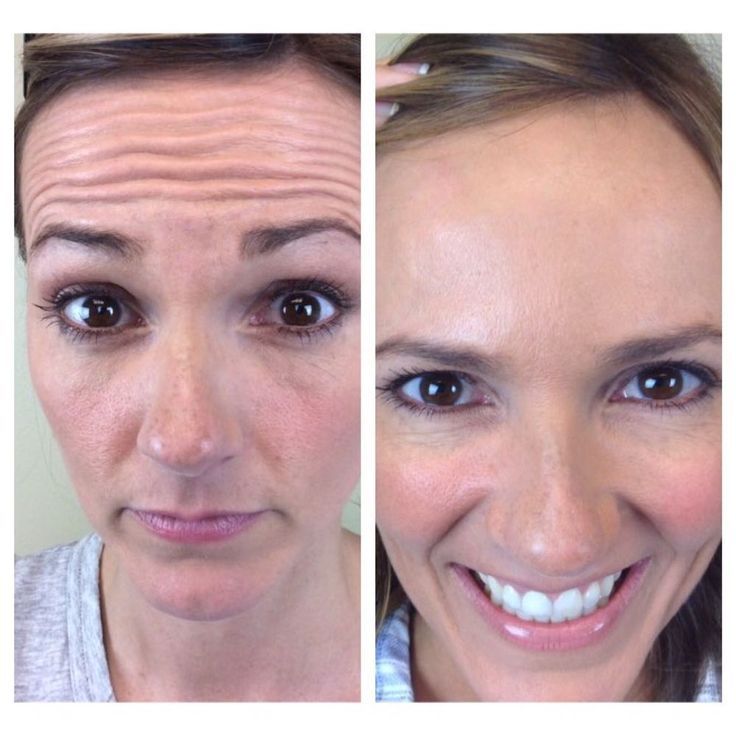
More
Neurosis
Traumatic brain injury
Asthenia
Attention deficit hyperactivity disorder (ADHD)
Vegetative-vascular dystonia
Depression
Hyperhidrosis
Sleep disorder
Neurasthenia
Neurasthenia: causes, symptoms, diagnosis and treatment.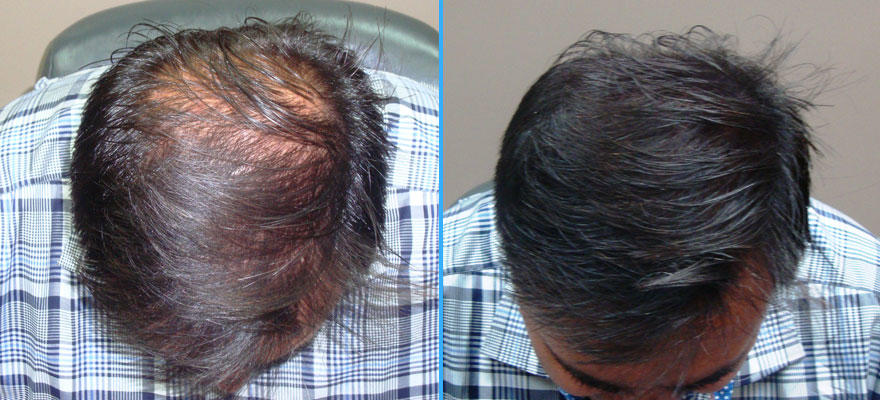
More
Vegetovascular dystonia
Depression
Nervous breakdown
Neuroses
Patients with neuroses are characterized not only by complaints of anxiety and depression, but also by symptoms such as palpitations, feeling of a coma in the esophagus, pain and dyspepsia. At the initial stage, the treatment of neuroses can be very effective, so it is important to notice these disorders in time.
More
Mania
Brad
Depression
Bipolar affective disorder (BAD)
Bipolar affective disorder: causes, symptoms, diagnosis and treatment.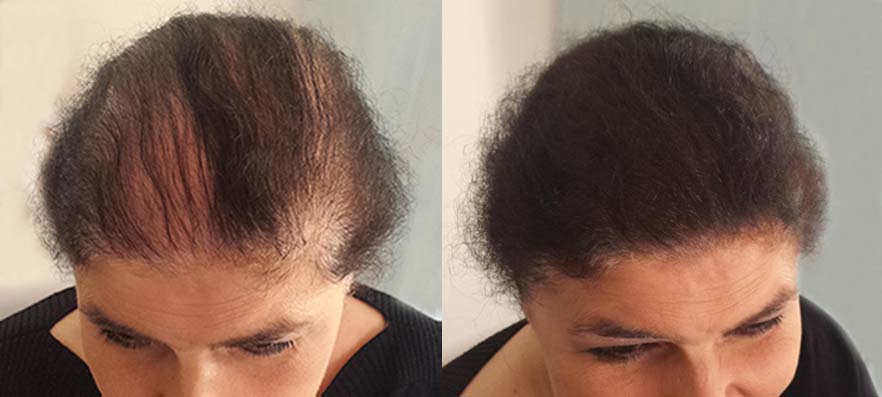
More
Fungus
Mycosis
Alopecia
Trichophytosis
Trichophytosis: causes, symptoms, diagnosis and treatment.
More
Subscribe to our newsletters
Enter e-mail
I consent to processing of personal data
Subscribe
Trichotillomania - treatment, features, symptoms
UARU
Our specialization is the treatment of Trichotillomania Obsessive-compulsive disorder and related anxiety disorders
- Read this article
- What is Trichotillomania
- Treatment of Trichotillomania
- Cognitive behavioral therapy
- Hypnosis
- Individual treatment
- Group treatment
Trichotillomania - Characteristics
The defining characteristic of a disorder such as Trichotillomania is the repetitive, compulsive pulling of one's own hair, quite often the result is externally observed hair loss .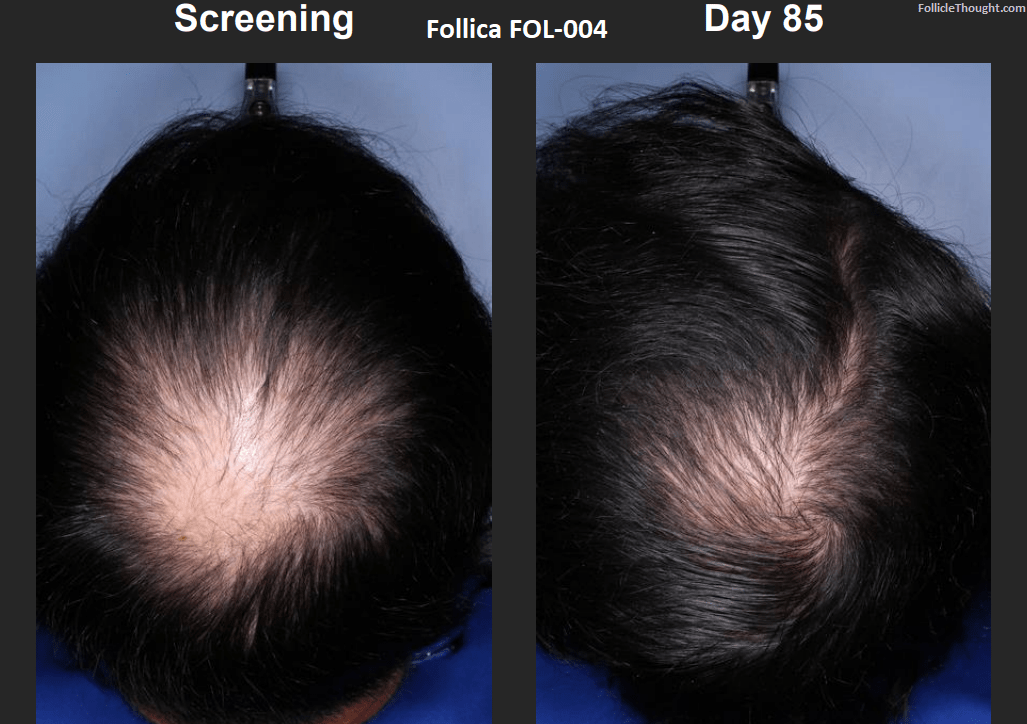 Quite often, but not always, the head and/or face area is the main site of hair pulling. Although the most common areas of the body where a person diagnosed with Trichotillomania pulls out hair is the head, eyebrows, eyelashes, compulsive hair pulling can occur on any part of the body where there is hair. Less common places where people who have trichotillomania pull their hair out are the pubic area, perirectal area, arms, chest, and legs. People diagnosed with Trichotillomania may use their fingernails, tweezers, pins, or other mechanical objects to pull out their own hair. In severe cases, Trichotillomania can lead to hair loss and/or skin damage.
Quite often, but not always, the head and/or face area is the main site of hair pulling. Although the most common areas of the body where a person diagnosed with Trichotillomania pulls out hair is the head, eyebrows, eyelashes, compulsive hair pulling can occur on any part of the body where there is hair. Less common places where people who have trichotillomania pull their hair out are the pubic area, perirectal area, arms, chest, and legs. People diagnosed with Trichotillomania may use their fingernails, tweezers, pins, or other mechanical objects to pull out their own hair. In severe cases, Trichotillomania can lead to hair loss and/or skin damage.
Quite often episodes of hair-pulling in trichotillomania are preceded by intense tension and desire. In addition, after pulling out the hair, usually, but not always, the person feels relief or pleasure. Usually, a person pulls out their hair while alone, often while watching TV, reading, talking on the phone, driving a car, or while washing in the bathroom.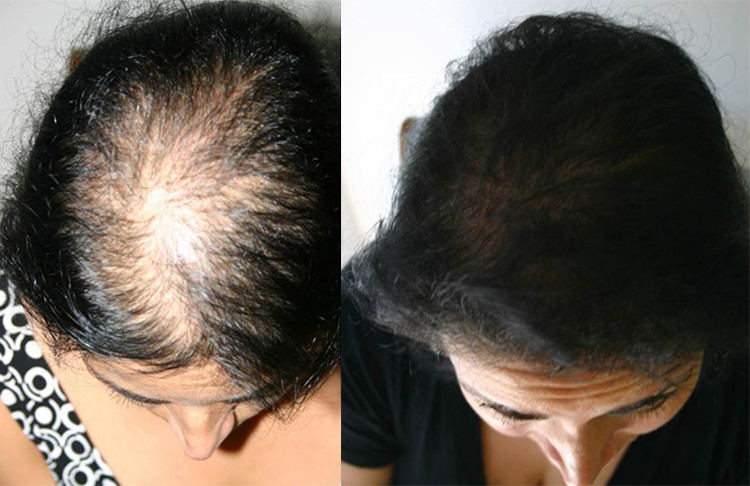 In people diagnosed with trichotillomania, the hair-pulling episode may be due to a bad mood or a reaction to stress, but it can also occur when the person is calm and relaxed. Sometimes hair-pulling is a conscious behavior, but often it happens out of habit. Recent reports show that about 10% of people who develop Trichotillomania eat their own hair, which they pulled out (Trichophagia, English Trichophagia) . As a result, hairballs can form in the gastrointestinal tract, leading to blockages in the gastrointestinal tract and even death.
In people diagnosed with trichotillomania, the hair-pulling episode may be due to a bad mood or a reaction to stress, but it can also occur when the person is calm and relaxed. Sometimes hair-pulling is a conscious behavior, but often it happens out of habit. Recent reports show that about 10% of people who develop Trichotillomania eat their own hair, which they pulled out (Trichophagia, English Trichophagia) . As a result, hairballs can form in the gastrointestinal tract, leading to blockages in the gastrointestinal tract and even death.
People diagnosed with Trichotillomania try to mask the hair loss that results from their disorder. Common camouflage techniques consist of wearing hats, scarves, long-sleeved shirts, and false eyelashes. Some people who develop Trichotillomania may even get permanent tattoos instead of eyebrows. In extreme cases, people diagnosed with Trichotillomania may avoid social situations in an attempt to prevent others from noticing the hair loss that results from hair pulling.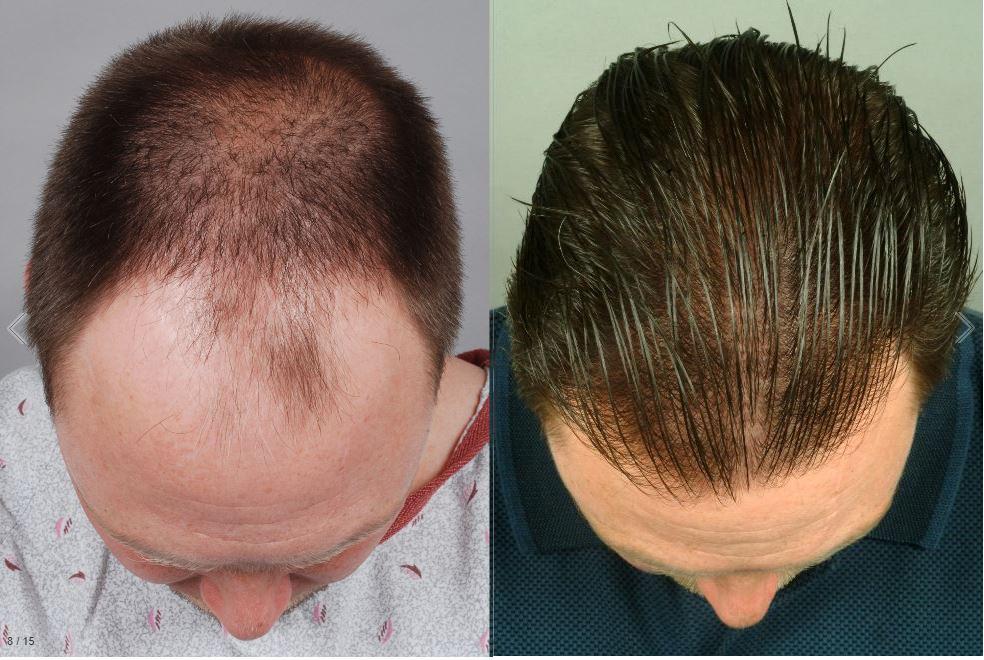
As shown above, Trichotillomania exhibits obsessive-compulsive features that are very similar to those of OCD (Obsessive Compulsive Disorder), Body Dysmorphic Disorder/Body Dysmorphia (Dysmorphophobia), and Dermatillomania.
Trichotillomania treatment
Cognitive Behavioral Therapy for the treatment of people diagnosed with Trichotillomania
One of the most effective treatments for people diagnosed with Trichotillomania is a combination of various CBT (Cognitive Behavioral Therapy) methods. Perhaps the most important of these is Habit Reversal Training (HRT). Habit relearning training is based on the principle that hair pulling is a conditioned response to certain situations or events, and it is not uncommon for a person diagnosed with Trichotillomania to be unaware of these triggers. Habit relearning training works with people who have Trichotillomania in two directions at once . First, , a person diagnosed with Trichotillomania is learning how to become more aware of the situations and events that trigger hair-pulling episodes. Second , the person is trained to use alternative/different behaviors in response to these situations or events.
Second , the person is trained to use alternative/different behaviors in response to these situations or events.
Other CBT (Cognitive Behavioral Therapy) techniques can be used in addition to Habit Relearning Training in the treatment of people diagnosed with Trichotillomania. Among these techniques are Cognitive Restructuring and Stimulus Control. Stimulus Control techniques use special "habit blockers" to limit the ability/ability to pull out hair, while Cognitive Restructuring helps a person diagnosed with Trichotillomania learn to think differently in response to the urge to pull out their hair.
One of the most effective techniques that Cognitive Behavioral Therapy (CBT) has developed to treat people diagnosed with Trichotillomania is Mindfulness-Based Cognitive Behavioral Therapy. The primary goal of Mindfulness-Based CBT is to teach the person to non-subjectively perceive their uncomfortable experience. From the perspective of Mindfulness-Based Cognitive Behavioral Therapy, much of our psychological stress is the result of our attempts to control and eliminate the discomfort of our unwanted thoughts, feelings, sensations, images, and desires.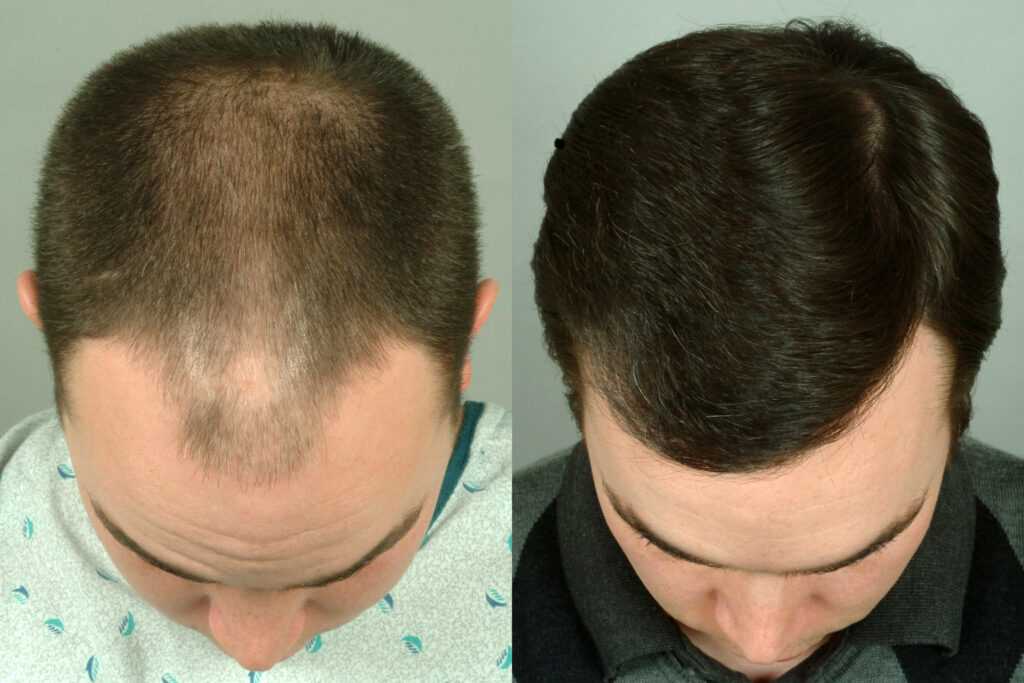 In other words, our discomfort is not the problem, the problem is our attempts to control and eliminate our discomfort. For people who develop Trichotillomania, the main goal achieved by Mindfulness-Based CBT is to develop the ability to more comfortably experience uncomfortable thoughts, feelings, sensations, images, and desires, without pulling out one's own hair.
In other words, our discomfort is not the problem, the problem is our attempts to control and eliminate our discomfort. For people who develop Trichotillomania, the main goal achieved by Mindfulness-Based CBT is to develop the ability to more comfortably experience uncomfortable thoughts, feelings, sensations, images, and desires, without pulling out one's own hair.
Trichotillomania - treatment using hypnosis
Another very effective method for working with people diagnosed with Trichotillomania is Hypnosuggestive psychotherapy (hypnosis and suggestion). Hypno-suggestive psychotherapy (hypnosis) is a powerful and short-term treatment. Hypnosis is a temporary state of consciousness characterized by narrowing its volume and focusing on the content of the suggestion. Thus, for the treatment of people diagnosed with Trichotillomania, hypnosis introduces new, more effective attitudes, behaviors, habits, not only to the level of consciousness, but also to the unconscious level.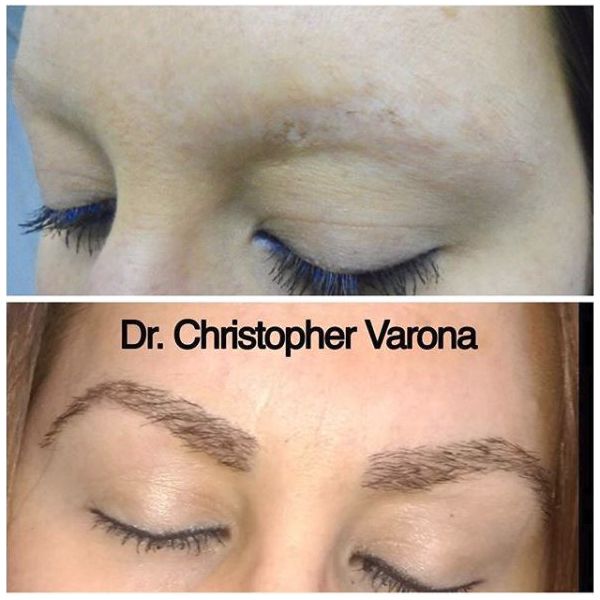 .
.
Trichotillomania - individual psychotherapy / treatment
Kiev OCD Center offers individual psychotherapy for the treatment of adults, children and adolescents diagnosed with Trichotillomania. Using the Cognitive Behavioral Therapy (CBT) and Hypno-Suggestive Psychotherapy (hypnosis and suggestion) techniques described above, the client who exhibits Trichotillomania learns to respond differently to thoughts about their own hair, to resist the urge to pull out their hair, and to exhibit different behavior in situations and / or places that provoked the pulling out of one's own hair. If you want to discuss treatment options at the Kiev OCD Center, you can call us or write in a convenient way.
Trichotillomania - group psychotherapy / treatment
In addition to individual psychotherapy Kiev OCD Center also offers weekly psychotherapy / support groups for adults with OCD and comorbid anxiety disorders, there is also a psychotherapy group for adults diagnosed with Trichotillomania and Dermatillomania.